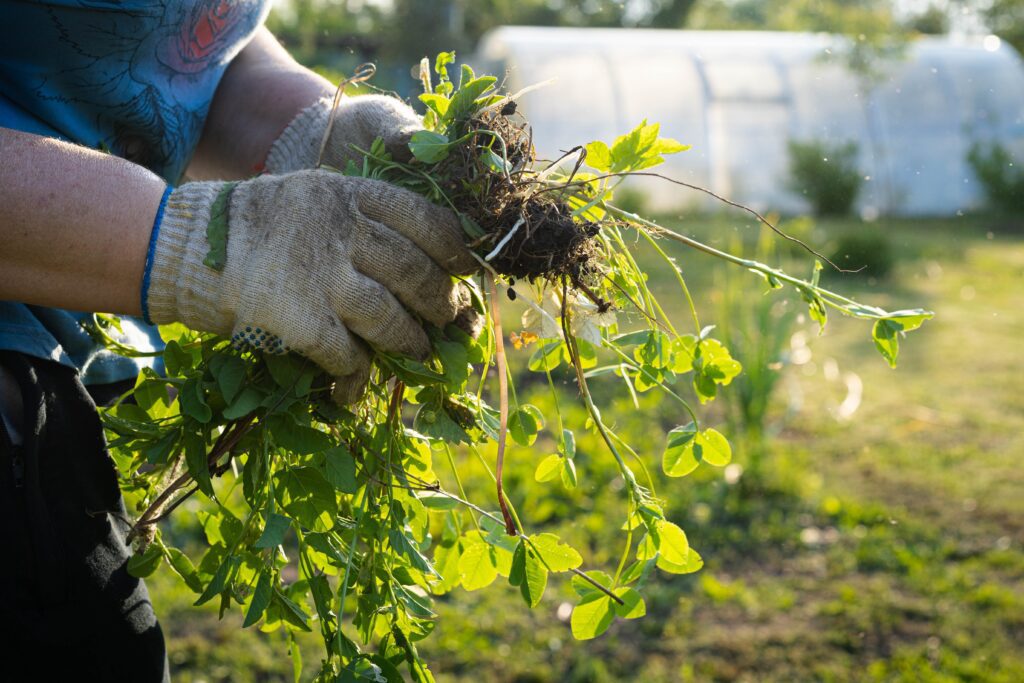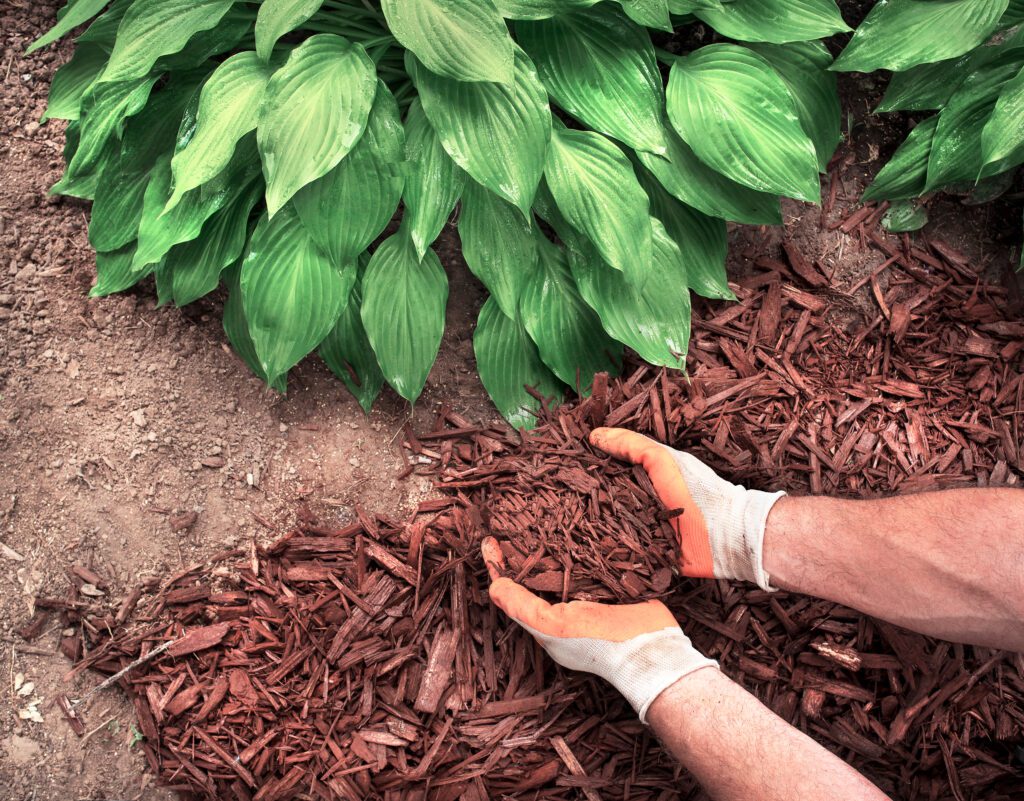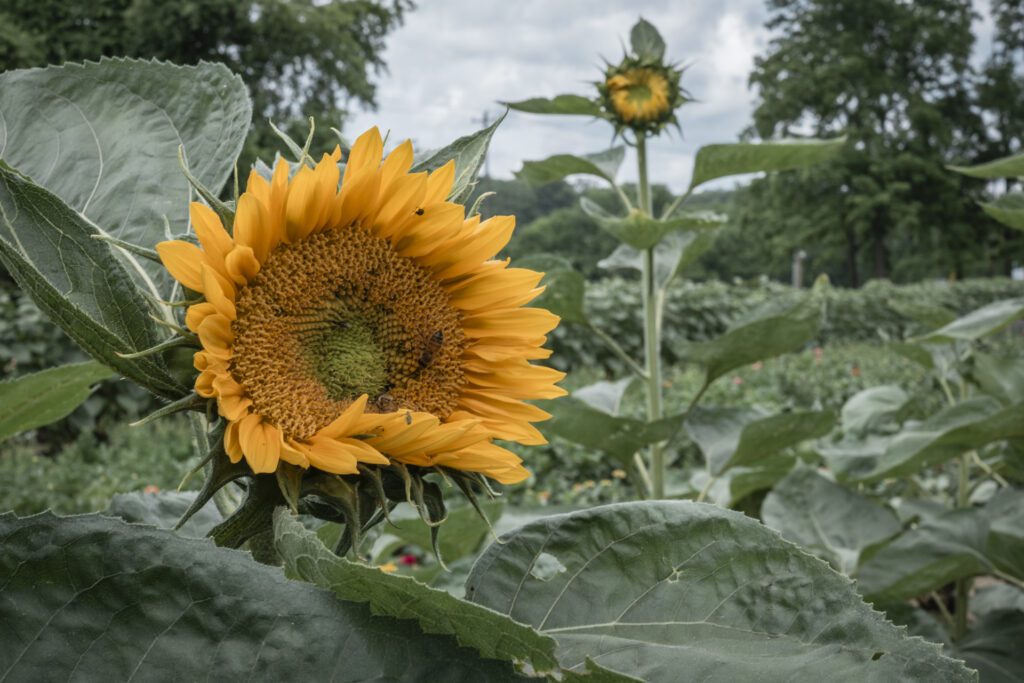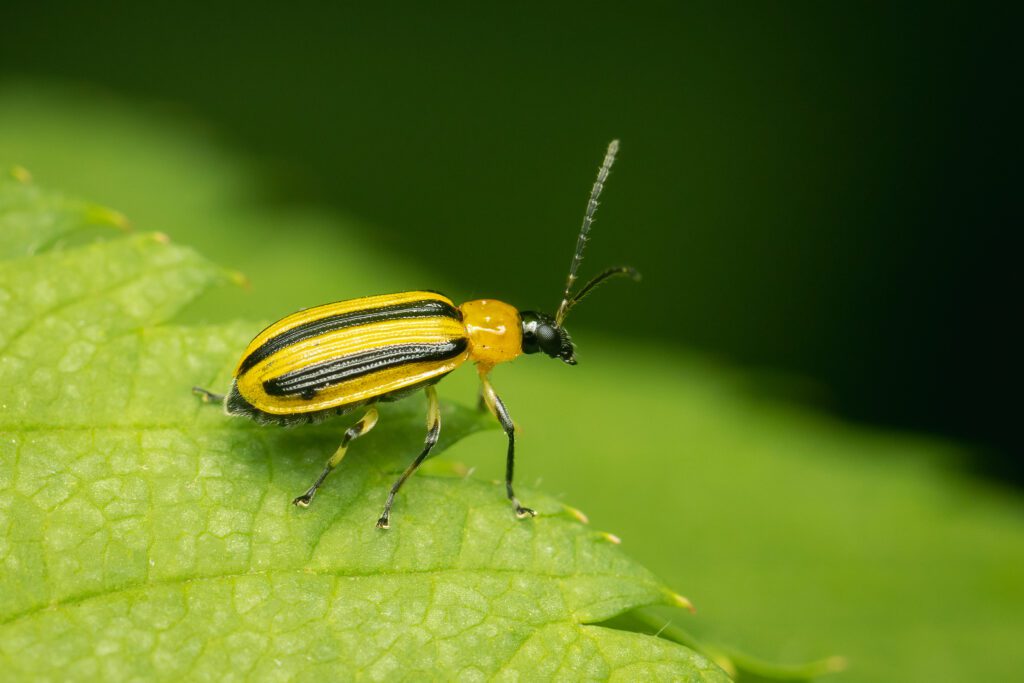This summer garden checklist can help you focus your efforts where it matters most. Balance out the grunt-work tasks of weeding and mulching with more exciting projects like planting flowers and encouraging new growth. Grab your sunhat and gloves, and head outside no matter the weather! The rewards are endless.
1. Remove weeds as soon as possible because they steal moisture and nutrients from your plants.
Summertime provides the optimum conditions for weeds. The heat helps the weeds thrive, rapidly growing from tiny sprouts to large invaders. It’s crucial to remove them from your garden promptly, as they steal moisture and nutrients from your plants. Moreover, many weeds attract insect pests and diseases.
Weeds are easiest to pull when they’re young and small, especially when the soil is moist. Tackling them early also prevents them from producing seeds. For example, a single dandelion plant can yield thousands of seeds in a year! Addressing weeds early can save you from a lot of future weeding.
If there are particularly invasive or tenacious weeds in the area, weed first, then, lay down a weed barrier cloth over the area, then cover with a more visually appealing and natural looking mulch on top.

2. Spread mulch over your soil to retain moisture, enhance its structure, and boost nutrient levels.
Mulch provides so many benefits to your garden! Applying a layer of mulch on bare soil will enhance its moisture retention, protect plants, suppress weeds, and nurture the living soil food web below. Without it, exposed soil is susceptible to fast evaporation of precious water, erosion and runoff. Additionally, by preventing light from reaching the soil surface, mulch suppresses weeds that would otherwise work in direct competition of your chosen plants for valuable water and nutrients. As organic mulches break down, they enhance the soil by adding vital nutrients, which boosts its fertility and structure. If using an inorganic mulch, just understand they do not decompose nor offer any nutrients, but they do provide long-lasting moisture retaining benefits.
If you’re dealing with incredibly invasive and persistent weeds in open areas such as pathways, thoroughly weed the area then consider laying down a layer of cardboard or longer-lasting synthetic material like weed barrier fabric first. Then, spread a more natural and attractive-looking mulch material on top.
We usually keep our garden mulch pulled back by at least a couple inches around the base of plants in our raised garden beds (or at least until they mature and become more hardy). If you’re growing bulbs or perennials that die back in the winter, lightly pull back any deep mulch layers before the next springtime to promote faster growth.

3. Plant summer sunflowers throughout July
Nothing brings more joy than a brilliant yellow sunflower reaching for the sky! Although the recommended planting time for sunflower seeds is spring, you can still achieve success planting them throughout July. They grow quickly and will deliver gorgeous blooms for your late summer bouquets. You’ll also love watching bees and other pollinators dance among the flowers. Try branching out this year with a less common color like white or ruby. If you can’t choose just one variety, check out Eden Brothers’ Here Comes the Sun Mix.

4. Remove faded flowers and you’ll most likely see more flowers.
Removing spent blooms from many annual and perennial flowers and herbs like marigolds, basil, oregano, and dahlias can encourage growth and result in more flowers. This process, known as deadheading, prevents the plants from producing seeds, allowing them to focus their energy on creating more beautiful blossoms. Deadheading encourages new flower buds to bloom and keeps the plant in overall good health.
As flowers age, they often drop their petals and start to dry out, which is much less aesthetically pleasing than fresh, healthy blooms. Decomposing plant matter, whether on the plant or on the ground beneath it, creates an ideal environment for fungal and bacterial problems. Deadheading not only encourages the plant to produce more flowers but also helps prevent the spread of invasive plants. Some perennials can self-seed to the point of being weedy in the garden; diligently removing faded flowers will prevent plants from taking over.

5. Watch for pests and diseases throughout the entire growing season, especially in midsummer.
Just like with weeding, monitoring pests and diseases should be a continuous task throughout the growing season. Midsummer is especially crucial for combating plant-destroying bugs and diseases, as their populations tend to surge around this time.
Here are some of our best ideas to stave off some of the most common summer issues such as powdery mildew, black spot, and rust. The best means of controlling diseases is proactive prevention. During the growing season, selectively prune overcrowded areas to increase air circulation around your plants; this helps to reduce relative humidity that these diseases need in order to thrive. There are effective fungicides that are best used before infection or when you first see signs of the disease. If a plant does become infected, remove all infected foliage, stems, and fruit and destroy them before it can spread to other plants.

Other good practices to use throughout the summer include pruning with disinfected clippers, especially after cutting diseased plants. Use a drip or soaker irrigation, but if you are watering from above, do this in the morning so that the leaves can dry as quickly as possible under the sun. Keep a diagram of your garden so you can rotate edible crops every year to avoid soil-borne diseases.
As for pests, look out for tomato hornworms, japanese beetles, grasshoppers, and cucumber beetles. The top of your daily summertime list should include looking for and picking off tomato hornworms by hand. Feed them to your chickens or drop them in soapy water to kill them. Japanese beetles can also be removed by hand and disposed of in soapy water, or you can use traps or neem oil.
Grasshoppers are most common during the warmer months, and during drought periods our gardens are a magnet for grasshoppers. It pays to be vigilant and possibly net your vulnerable plants where possible. If treatment is needed on non-edible plants, there are organic insecticides.
Cucumber beetles can be picked off by hand as well, but keep in mind that even a small number of them can spread bacterial wilt if they are infected.

The best way to handle or reduce the cucumber beetle population is to repel them. This is done by interplanting with high-scent herbs and flowers to confuse the cucumber beetles so they don’t find your cucurbits. Fragrant plants like marigold, sage, and catnip are all good options. Plant these at the beginning of summer to protect your veggies.
You have put in all the hard work to create your garden, just a bit of regular maintenance is needed for it to continue looking its best! Staying on top of summer gardening chores ensures your plants remain healthy and vibrant during the hottest months. Staying on top of weeding and deadheading helps prevent pests and diseases from taking hold. Keeping up with these tasks also promotes better plant growth and productivity, leading to a more bountiful harvest. Consistent care can save time and effort in the long run by preventing small issues from becoming larger problems.